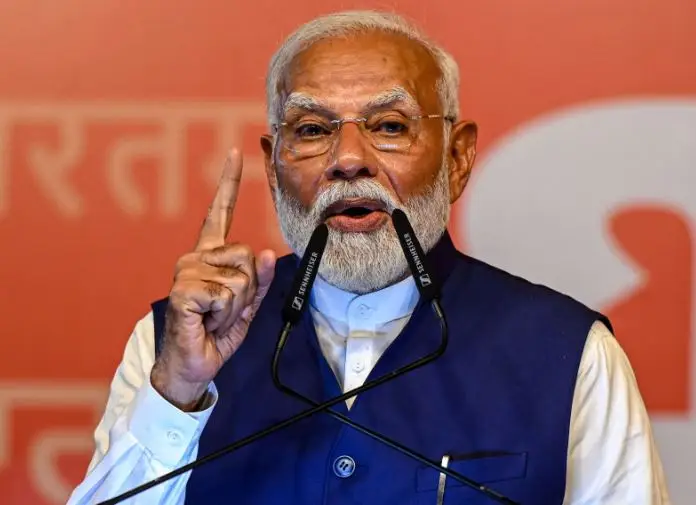In Jharkhand, a laborer’s daily wage is 300 taka, whereas in Bangladesh, it is 800 taka. This wage difference raises the question, why would Bangladeshis go to Jharkhand? Jharkhand is one of the poorest states in India. About 40% of its population lives below the poverty line, and over 20% of children under the age of five suffer from malnutrition. In Jharkhand, 75% of the population lives in rural areas, while only 25% reside in urban regions.
The issue of infiltration has also sparked political debates in Jharkhand. Prime Minister Narendra Modi has criticized the JMM (Jharkhand Mukti Morcha)-led coalition government in Jharkhand, accusing them of supporting Bangladeshi and Rohingya infiltrators. According to Modi, this infiltration poses a significant threat to the Santhal Pargana and Kolhan regions. He claims that this has led to major demographic changes, with a decline in the tribal population.
In response to the Prime Minister’s remarks, the JMM has countered, accusing Modi of spreading false information on the issue of infiltration. JMM’s central general secretary, Supriyo Bhattacharya, criticized the Prime Minister’s statements, saying, “The Prime Minister must provide evidence to support his claims about the infiltrators.”
During his speech in Jamshedpur, Modi also mentioned that Bangladeshi and Rohingya infiltrations were harming the local population and creating a sense of insecurity in Jharkhand. He claimed that these infiltrators were taking over panchayats and seizing land, causing issues for the local people. Modi further accused JMM, RJD, and Congress of indulging in appeasement politics and harming the people of Jharkhand for their lust for power.
This controversial issue has intensified political tensions, especially with the upcoming state assembly elections.
